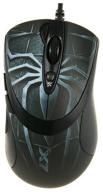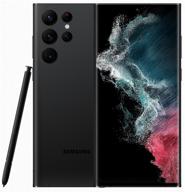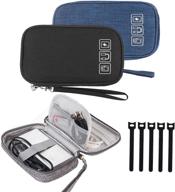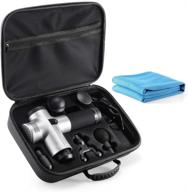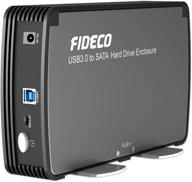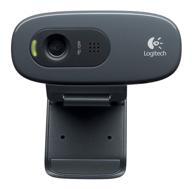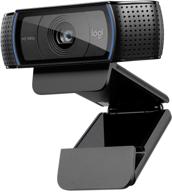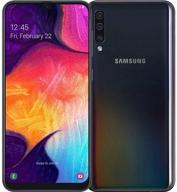
External sound card Focusrite Scarlett 2i2 3rd Gen Review
16
·
Very good

Media
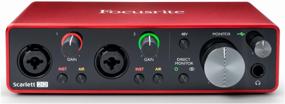

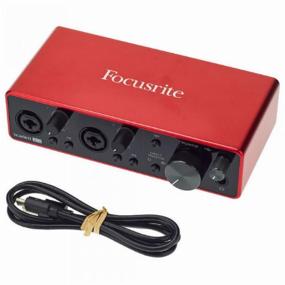

Photos by authors
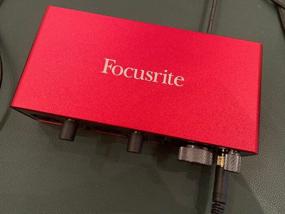
Description of External sound card Focusrite Scarlett 2i2 3rd Gen
- Price quality; weight; quality of materials and appearance
- No
- Compact neat look, sound quality. If you do not set the bitrate - the input is very good sound. Stands on the computer, does not fonit
- Weak equipment, only a box + USB cord, not everything is going smoothly with the drivers. I tried to insert a link - rejected the review. All in all, seek and you shall find
- Design, build quality, wide functionality, ease of use. Intuitive signal level indication.
- The impossibility of separate inclusion of phantom power for each channel.
- The quality of everything, from the glands to the color of the case.
- Price in 2022
- - Clear sound from inputs even at maximum gain - Very nice matte glow of indicators - Pleasant tactile sensations when adjusting the gain / volume - Solidity of the device, a sense of the quality of materials. - Direct Monitor function is very convenient - Good output gain margin for my headphones (48 ohms).
- - Out of the box, the sound in the headphones is "dry / cardboard / robotic" - Glossy surface front and back (easy to scratch) - Volume knobs for monitors and headphones are close to each other, causing slight discomfort - The balance between the sounds from the PC and from the inputs is not regulated in the Direct Monitor stereo mode (it is always 50/50). - The poor interface of the Focusrite Control program (it essentially duplicates the hardware controls, and also gives the standard sample rate and buffer size settings.
- - High-quality microphone recording, low noise level - With the AIR function, the sound is more pleasant
- - The sound quality at the output (listening to music) is far from being up to par, on the previous card (tascam mini studio creator us-42) it was much more pleasant to listen to. Can't share the rave reviews - Poor software for the card: you can not configure anything in the output routing section (respectively, it will not work, for example, to write down "what you are hearing"). - You can't temporarily mute the microphone - The volume control is inconveniently located (it is small, so you have to turn it with one finger so as not to rest against the headphone volume control) - Phantom power is supplied to two inputs at once!
- - Price. The range of prices is large (from 16 to 21 thousand), but this is not the fault of the card itself. Without much difficulty, it can be purchased for 16,000. - Build quality and materials. Nothing anywhere plays, does not stagger, the course of the potentiometers is smooth. - Design. Fits into any home studio, looks quite restrained and modern. You can set the backlight colors in the proprietary utility. A trifle, but nice. - Software included. Individually, it would cost much more than the card itself. And so I downloaded everything and use it with pleasure. - Stuffing. Good preamps. I heard that the Shure sm7b microphone is swinging well, but I haven’t personally tested it. But this plus turned into a small minus for me: through my monitors, interference from the mains is heard. They have become even louder on this card, but it does not really interfere with the work. - Inputs and outputs. For home and not only studios, everything is more than enough. - Independent volume controls for monitor and headphone outputs. For me, this is a killer feature. It is very convenient to switch between devices and you don’t have to pull out the headphones a million times or turn off the monitors in the process of working. - AIR function. I didn’t have time to really run it in practice in order to try it out, but judging by the reviews, the chip is useful. - Support for high sampling rates up to 192 kHz. For me personally, this is redundant, but it will come in handy for "surgical" work with sound.
- - Initial setup. For a very long time I fiddled with the elimination of crackling when playing sound both in the windows system and in FL Studio. Because of what, in fact, 4 stars, not 5. As far as I know, this problem has long been known and very common. The complexity is added by the fact that there can be many reasons for this ailment, up to compatibility with the processor. In order to offload the processor when working in a DAW, I set the maximum buffer, but the sounds in the browser are played with wild delays and crackling. I set the optimal buffer to 192 samples and everything was fine. - Length of supplied USB cable c. At my previous zvukovuhi it was 2 times more. - There is no buffer setting in the proprietary utility, I had to go into the DAW (not critical).







